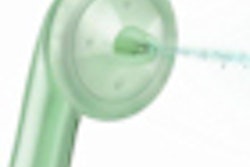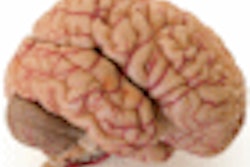Nasal swabs from many dental students at the University of Washington (UAW) School of Dentistry showed evidence of methicillin-resistant Staphylococcus aureus (MRSA), and the drug-resistant strain of staph was also found at some of the school's dental clinics, according to a story on WebMD.
The study findings raise new questions about the prevalence of the bacteria outside of hospitals in community healthcare settings. People carrying MRSA bacteria in their nose or on their skin may not have signs or symptoms of infection, but they can spread it to others.
University of Washington researchers got nasal swab samples from 61 UAW dental students and samples from 95 surfaces at the dental clinics, such as dental chairs and floors. The researchers found that 21% of the students tested had evidence of MRSA, and four of the seven dental clinics also tested positive for the bacteria (American Journal of Infection Control, September 29, 2011).
The rate of MRSA colonization was significantly higher than that reported in the general population and other nonhospital medical settings, but the public should not be overly alarmed by the findings, stated an official with the Centers for Disease Control and Prevention (CDC).
The high rate of MRSA colonization suggests a specific transmission at the UAW dental school and probably does not reflect the rates in dental offices in general, said Arjun Srinivasan, MD, the assistant director for the CDC's Healthcare-Associated Infection Prevention Program.
The study is one of the first to examine the MRSA rate in a dental setting, he said, but noted that the study was small, including only 61 dental students at the school.



















